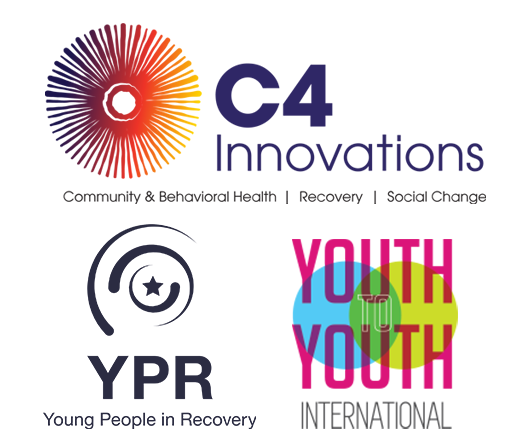In 2015, with support from the Conrad N. Hilton Foundation, C4 Innovations partnered with Young People in Recovery and Youth to Youth International to design, develop, and pilot test Project Amp together with communities across the country. Throughout the design, delivery, and research processes, Project Amp centers and values the voices, lived experiences, and skills and strengths of youth and young adults.

- Our Team
- About Project Amp
- Guiding Framework
- History and Development
- Info for Parents and Teens
- Why It's Important
- Why youth substance use is an urgent issue
- Why young peers are part of the solution
- Why Project Amp is Important
- Peer Workforce: Perspectives From the Field
- What We Do
- Innovate
- Promote
- Support
- Manual
- Resources
- Contact Us



